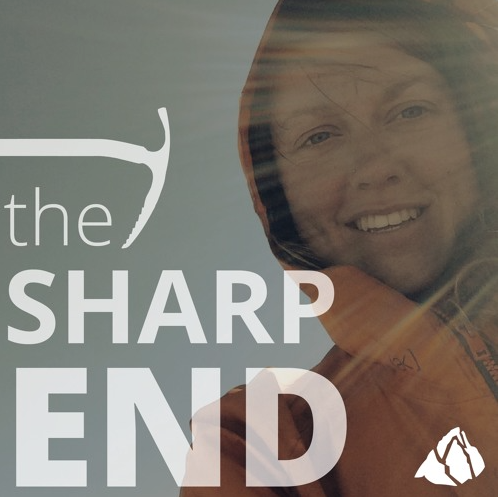Fall into Crevasse—Unable to Self-Rescue, Alaska, Denali National Park, Mount McKinley, West Buttress
FALL INTO CREVASSE–UNABLE TO SELF-RESCUE
Alaska, Denali National Park, Mount McKinley, West Buttress
On May 25 about 1900, Val Todd (61) fell into a crevasse at the 7,500-foot level, about 2.5 miles out from basecamp on the Kahiltna Glacier. He dragged his companion, Berlin Nelson (61), until the fall was held by a combination of Nelson, rope drag, and a snow bridge approx 60 feet down. Nelson secured the rope and after determining that Todd was all right, dragged out his sled and pack. Todd was unable to extricate himself due to cold and tiredness, Nelson was also unable to rig a system to haul out the 235-pound Todd, so used their satellite phone to call for assistance.
The initial call went to their service, Talkeetna Air Taxi (TAT). TAT notified basecamp by telephone, and they in turn notified Talkeetna. After further telephone conversation with Nelson, it was decided that a Ranger response was necessary and that the NPS contract Lama would ferry Ranger Evans and two VIP’s (Volunteer in Parks) from Base Camp to the scene in order to carry out a rescue.
The Lama arrived at Base Camp at 2115 and picked up Ranger Evans’ team to transport them to the scene. The injured team was located fairly easily and by 2125 the Lama was able to land close by (~100m) and the team disembarked and roped up to move to the scene while the Lama returned to basecamp. After assessing the situation by observation and talking to Nelson and Todd, it was decided to rig up a 9:1 haul system in order to extract Todd.
Once Todd was on the surface it could be seen that he had received a blow from his sled causing lacerations around his face, so it was decided that the best thing was to evacuate him and Nelson to basecamp via the Lama for further evaluation. Ranger Evans and the two VIPs were also extracted by the Lama. After further evaluation, it was deemed better for Todd to be flown back to Talkeetna with the Lama and to seek further medical care to clean and suture his wounds.
Analysis
This was a case where the lead climber Nelson had crossed over a hidden snow bridge safely when Todd, with no notice, broke through. The fact that Todd was quite heavily loaded, as well as being a heavy man, led to Nelson not being able to hold the initial fall, so luck was with both of them when Todd landed on the ledge. This arrest might have been helped had they had overhand knots (with loops) in the rope to assist in friction arrest or had they been a rope of three, the recommended number for glacier travel. Once Nelson had anchored the rope securely, one wonders why he was unable to rig up a system to haul Todd up or for Todd to prusik out of the crevasse himself. One wonders whether this was this lack of skill/knowledge or knowing that they had a sat phone and a potential means of rescue from the NPS.
Even if a team has communication with rescue personnel, it is not always possible or practical to get a team to an accident site quickly. Therefore it is incumbent on all teams going into the mountains to be able to perform a self-rescue. This requires knowledge, skill, and a large enough team for the situation. (Source: Edited from a report by John D. Evans, Ranger)

